The Curious Case of the Colorado River’s Missing Water
Researchers are trying to unravel the mystery of snow that falls but never shows up in the river.
This piece was originally published in High Country News and appears here as part of our Climate Desk collaboration.
High winds tore at Gothic Mountain as the sleeping giant watched over the cabins nestled in Gothic, Colorado, a remote outpost accessible only by skis during the valley’s harsh alpine winters. The plumes of snow that lifted from the peak briefly appeared to form a cloud and then disappeared.
To many, the snow that seemed to vanish into thin air would go unnoticed. But in a region where water availability has slowly begun to diminish, every snowflake counts. Each winter, an unknown percentage of the Rocky Mountain West’s snowpack disappears into the atmosphere, as it was doing on Gothic Mountain, just outside the ski resort town of Crested Butte.
In the East River watershed, located at the highest reaches of the Colorado River Basin, a group of researchers at Gothic’s Rocky Mountain Biological Laboratory (RMBL) are trying to solve the mystery by focusing on a process called sublimation. Snow in the high country sometimes skips the liquid phase entirely, turning straight from a solid into a vapor. The phenomenon is responsible for anywhere between 10-90 percent of snow loss. This margin of error is a major source of uncertainty for the water managers trying to predict how much water will enter the system once the snow begins to melt.
Although scientists can measure how much snow falls onto the ground and how quickly it melts, they have no precise way to calculate how much is lost to the atmosphere, said Jessica Lundquist, a researcher focused on spatial patterns of snow and weather in the mountains. With support from the National Science Foundation, Lundquist led the Sublimation of Snow project in Gothic over the 2022-’23 winter season, seeking to understand exactly how much snow goes missing and what environmental conditions drive that disappearance.
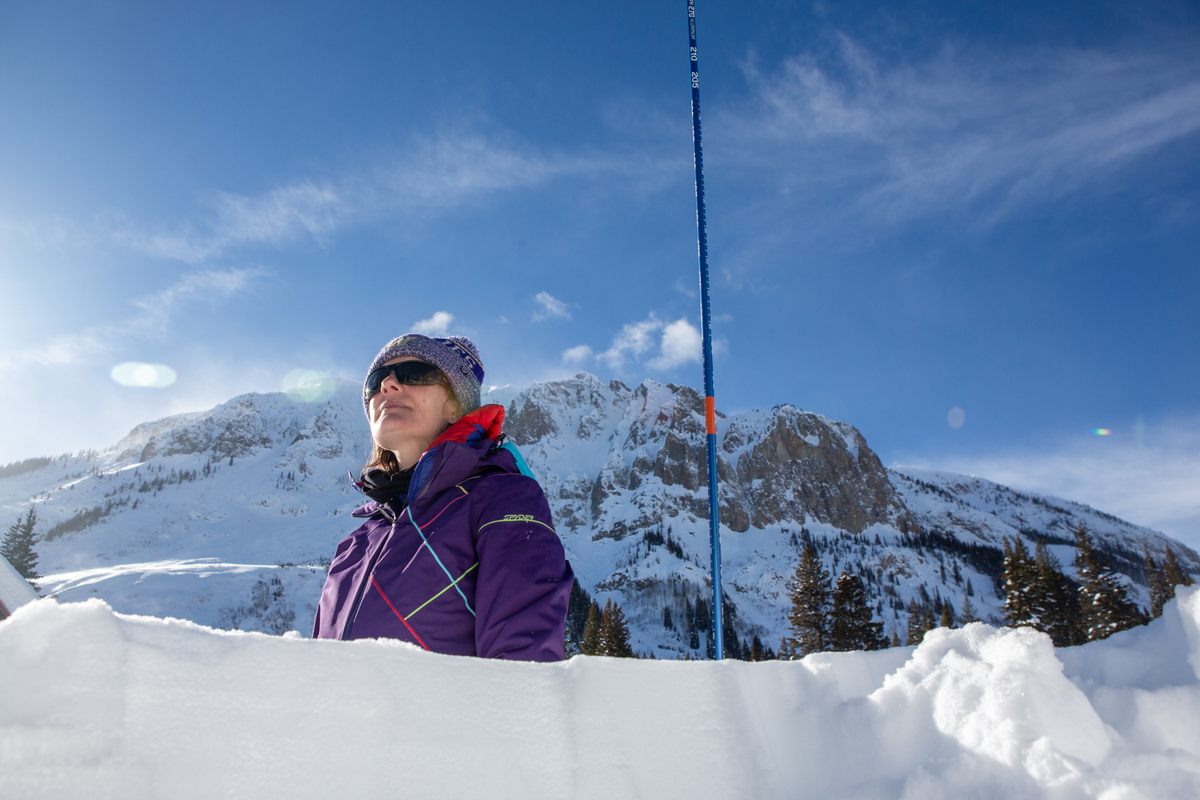
“It’s one of those nasty, wicked problems that no one wants to touch,” Lundquist said. “You can’t see it, and very few instruments can measure it. And then people are asking, what’s going to happen with climate change? Are we going to have less water for the rivers? Is more of it going into the atmosphere or not? And we just don’t know.”
The snow that melts off Gothic will eventually refill the streams and rivers that flow into the Colorado River. When runoff is lower than expected, it stresses a system already strained because of persistent drought, the changing climate, and a growing demand. In 2021, for example, snowpack levels near the region’s headwaters weren’t too far below the historical average—not bad for a winter in the West these days. But the snowmelt that filled the Colorado River’s tributaries was only 30 percent of average.
“You measure the snowpack and assume that the snow is just going to melt and show up in the stream,” said Julie Vano, a research director at the Aspen Global Change Institute and partner on the project. Her work is aimed at helping water managers decode the science behind these processes. “It just wasn’t there. Where did the water go?”
As the West continues to dry up, water managers are increasingly pressed to accurately predict how much of the treasured resource will enter the system each spring. One of the greatest challenges federal water managers face—including officials at the Bureau of Reclamation, the gatekeeper of Lake Powell and Lake Mead—is deciding how much water to release from reservoirs to satisfy the needs of downstream users.
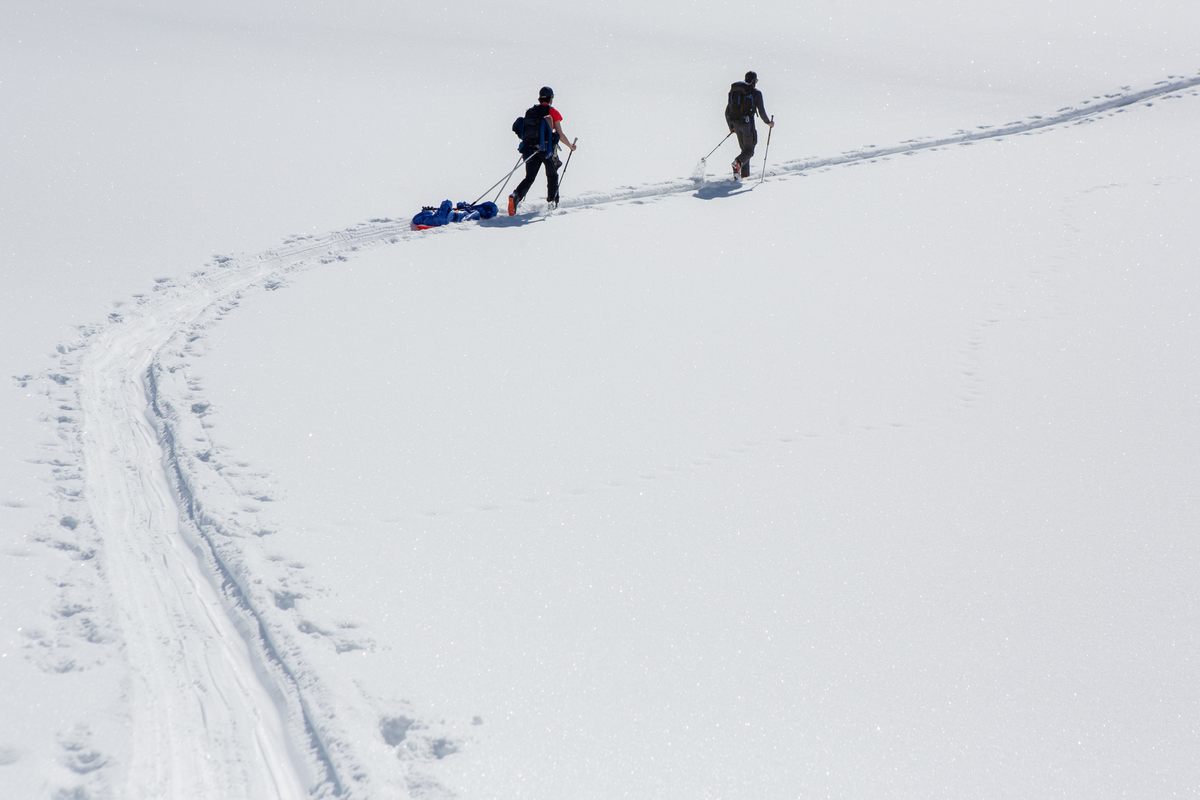
While transpiration and soil moisture levels may be some of the other culprits responsible for water loss, one of the largest unknowns is sublimation, said Ian Billick, the executive director of RMBL. “We need to close that uncertainty in the water budget.”
The East River’s tributaries eventually feed into the Colorado River, which supplies water to nearly 40 million people in seven Western states as well as Mexico. This watershed has become a place where more than a hundred years of biological observations collide, many of these studies focused on understanding the life cycle of the water.
Lundquist’s project is one of the latest. Due to the complexity of the intersecting processes that drive sublimation, the team set up more than 100 instruments in an alpine meadow just south of Gothic known as Kettle Ponds.
“No one’s ever done it right before,” Lundquist said. “And so we are trying our very best to measure absolutely everything.”
Throughout the winter, the menagerie of equipment quietly recorded data every second of the day—measurements that would give the team a snapshot of the snow’s history. A device called a sonic anemometer measured wind speed, while others recorded the temperature and humidity at various altitudes. Instruments known as snow pillows measured moisture content, and a laser imaging system called lidar created a detailed map of the snow’s surface.
From January to March, the three coldest months of the year, Daniel Hogan and Eli Schwat, graduate students who work under Lundquist at the University of Washington, skied from their snow-covered cabin in Gothic to Kettle Ponds to monitor the ever-changing snowpack.

Their skis were fitted with skins, a special fabric that sticks to skis so they can better grip the snow. The two men crunched against the ground as they made their near-daily trek out to the site, sleds full of gear in tow. It was a chilly day in March, but the searing reflection of the snow made it feel warmer than it was. When Hogan and Schwat arrived, they dug a pit into the snow’s surface, right outside the canopy of humming instrumentation.
The pair carefully recorded the temperature and density of the snow inside. A special magnifying glass revealed the structure of individual snowflakes, some of them from recent storms and others, found deeper in the pit, from weeks or even months before. All of these factors can contribute to how vulnerable the snowpack is to sublimation.
This would be just one of many pits dug as snow continued to blanket the valley. If all of the measurements the team takes over a winter are like a book, a snow pit is just a single page, Hogan said.
“Together, that gives you the whole winter story,” he said, standing inside one of the pits he was studying. Just the top of his head stuck out of the snowpit as he examined its layers.
Lundquist’s team began analyzing the data they collected long before the snow began to melt.
They hope it will one day give water managers a better understanding of how much sublimation eats into the region’s water budget—helping them make more accurate predictions for what is likely to be an even hotter, and drier, future.
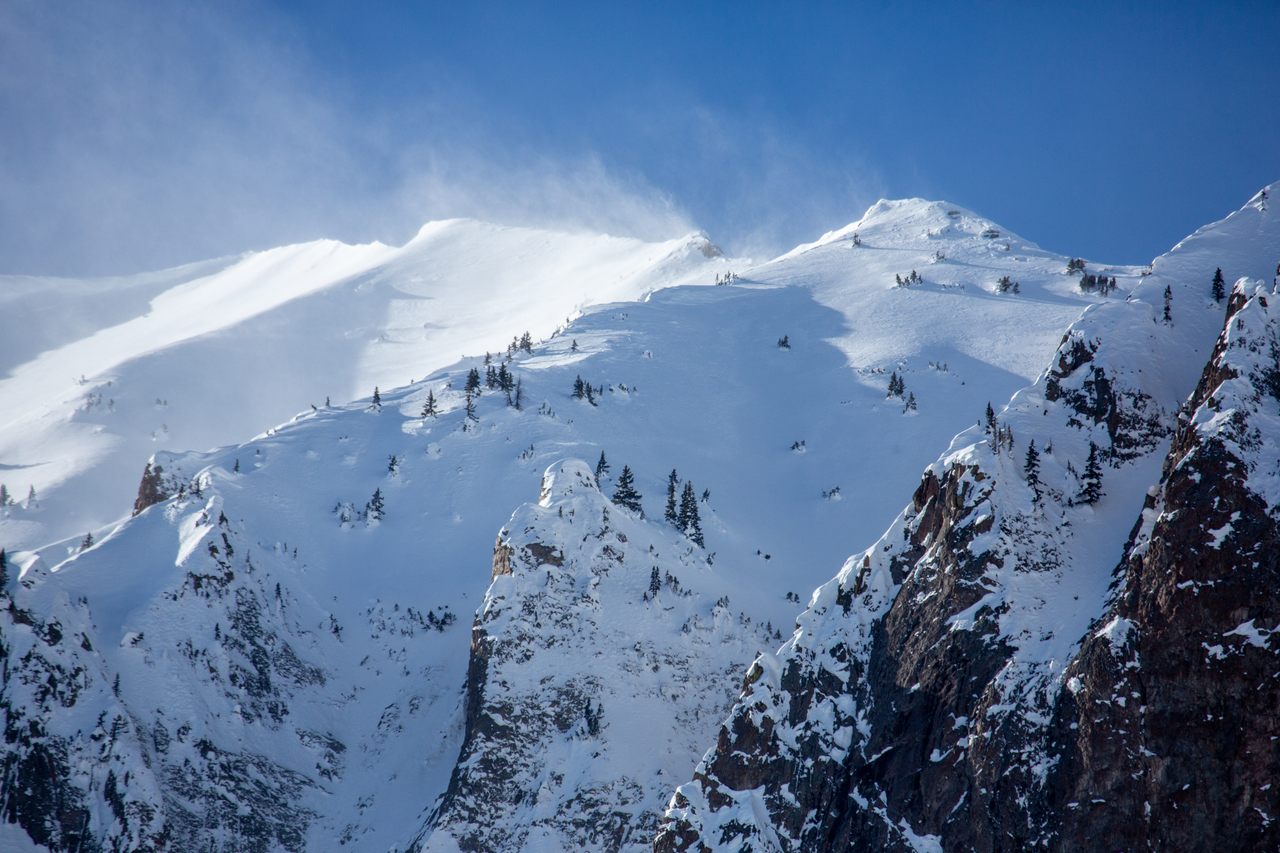

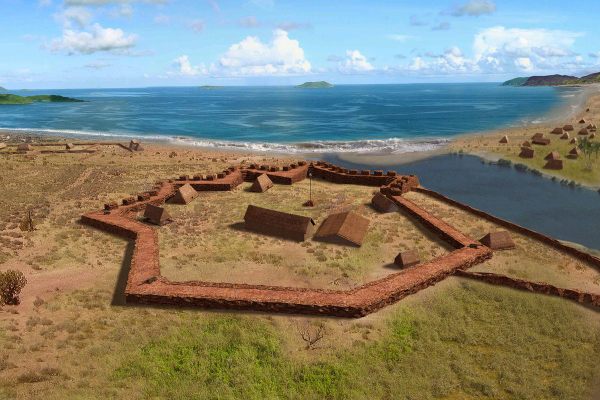
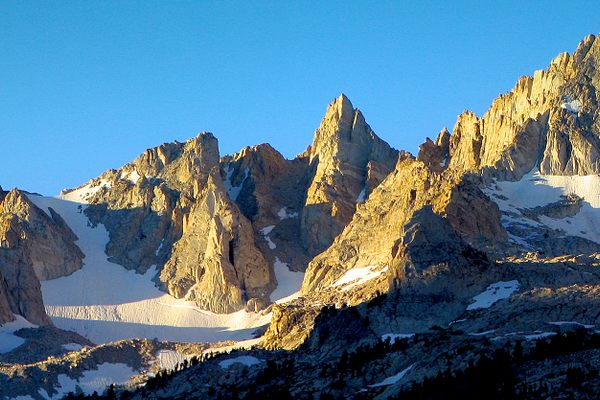
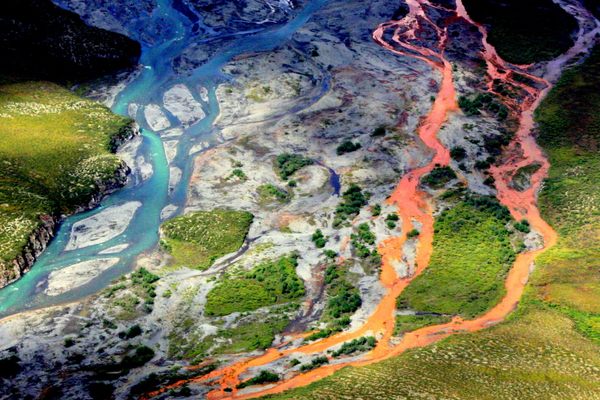
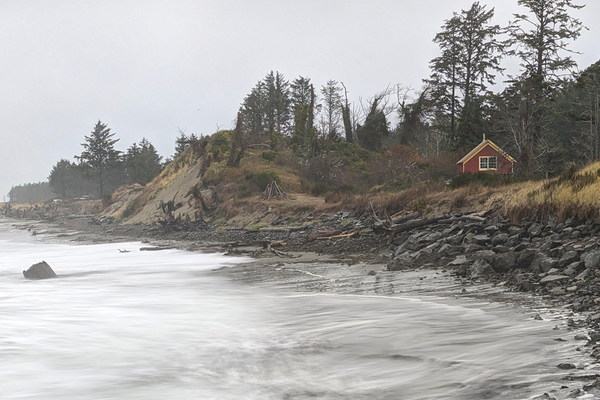


















Follow us on Twitter to get the latest on the world's hidden wonders.
Like us on Facebook to get the latest on the world's hidden wonders.
Follow us on Twitter Like us on Facebook